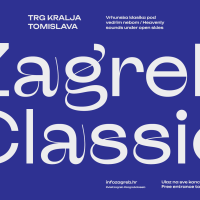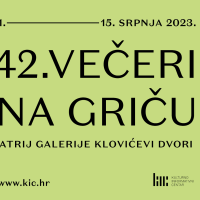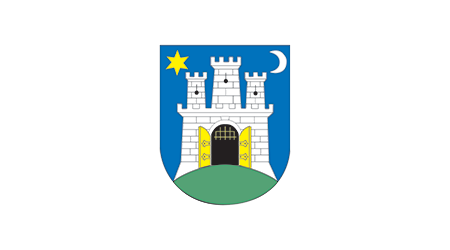A unique stroll through prehistory
After a detailed renovation according to world standards, and the installation of the most contemporary multimedia equipment, the Krapina Neanderthal Museum has become one of the most impressive museums of prehistory in the region.
 Krapina has long featured on the list of the most important archaeological sites of the Neanderthal in the world. The Krapina Neanderthal Museum, renovated according to world standards, is uniquely located and has become an attraction not to be missed. The site itself is protected as the first paleontological nature monument in Croatia. Much effort, knowledge, and money (around 8.5 million Euros) was invested into the renovation of the Krapina Neanderthal Museum. Here, visitors can see and get to know the ancestors of modern man, who inhabited a large part of the European continent, as well as parts of southwestern Asia, and died out around the year 30,000 B.C.
Krapina has long featured on the list of the most important archaeological sites of the Neanderthal in the world. The Krapina Neanderthal Museum, renovated according to world standards, is uniquely located and has become an attraction not to be missed. The site itself is protected as the first paleontological nature monument in Croatia. Much effort, knowledge, and money (around 8.5 million Euros) was invested into the renovation of the Krapina Neanderthal Museum. Here, visitors can see and get to know the ancestors of modern man, who inhabited a large part of the European continent, as well as parts of southwestern Asia, and died out around the year 30,000 B.C.
After the habitat of the Krapina Neanderthal at Hušnjakovo was discovered in 1899 by Dragutin Gorjanović Kramberger; geological and paleontological research continued until 1905. The age of the rich locale was determined to be over 130,000 years and around 900 fossilized human bones, as well as numerous stone tools from the Paleolithic Era, were uncovered at the site. Moreover, fossil remains of bears, wolves, moose, deer, rhino, wild cattle and other animals were also found in the caves.
The museum is located in the valley between the two hills of Hušnjakovo and Josipovac, where an artificial semi-cave, actually larger than the real one, was constructed with the help of modern technology. The museum, which is enclosed within a large glass wall that also serves as a projection screen, was constructed entirely from concrete and the outside surface is covered with Miocene sediment sand. Visits to the museum begin with a 16-minute film about the lives of the Neanderthal, which was filmed in the caves near the Old Town of Krapina.
The museum covers two floors with a total area of 1,200 square meters. The entrance blends into the landscape so, upon entering, visitors are imparted with an impression that they have become the cave’s inhabitants. This impression is additionally enhanced by interactive content: visitors “travel” through history from the big bang to the beginning of the world, following the evolution of the Earth, the development of the first organisms, dinosaurs, the life of first hominids who came down from the branches, all the way to the Neanderthal of Krapina, who are represented by hyper-realistic sculptures. They represent the cave community and seem as if they were “caught” in their everyday situations. This part of the museum attracts numerous visitors on a daily basis, who can compare the morphology of the Neanderthal with contemporary man by touching their bodies on an interactive installation. The last educational story is crossing the ice to the part that describes the spiritual world of the Neanderthal, as well as their habits.
The museum is equipped with top class technological equipment and numerous classic contents such as info-booths, a cafe, and a large library.
Published: 01.04.2010
 Hrvatski
Hrvatski English
English Deutsch
Deutsch Spanish
Spanish French
French Italian
Italian Russian
Russian Korean
Korean Japanese
Japanese Chinese
Chinese Krapina has long featured on the list of the most important archaeological sites of the Neanderthal in the world. The Krapina Neanderthal Museum, renovated according to world standards, is uniquely located and has become an attraction not to be missed. The site itself is protected as the first paleontological nature monument in Croatia. Much effort, knowledge, and money (around 8.5 million Euros) was invested into the renovation of the Krapina Neanderthal Museum. Here, visitors can see and get to know the ancestors of modern man, who inhabited a large part of the European continent, as well as parts of southwestern Asia, and died out around the year 30,000 B.C.
Krapina has long featured on the list of the most important archaeological sites of the Neanderthal in the world. The Krapina Neanderthal Museum, renovated according to world standards, is uniquely located and has become an attraction not to be missed. The site itself is protected as the first paleontological nature monument in Croatia. Much effort, knowledge, and money (around 8.5 million Euros) was invested into the renovation of the Krapina Neanderthal Museum. Here, visitors can see and get to know the ancestors of modern man, who inhabited a large part of the European continent, as well as parts of southwestern Asia, and died out around the year 30,000 B.C. 









